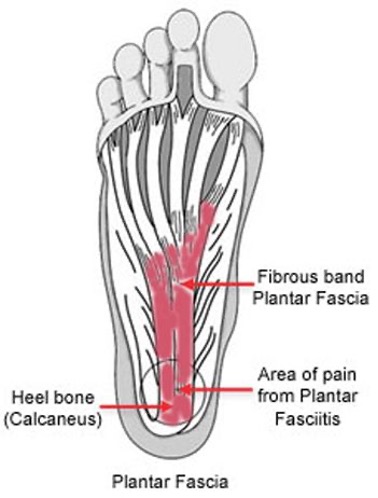More surgeries are being performed each year, influenced by the ageing population. It is a fairly safe assumption that you know of someone who has had a recent orthopaedic or back surgery.
Last year, the Australian Institute of Health and Welfare reported that 85,000 total knee and hip replacements were performed in Australia alone. This number is predicted to rapidly increase. Replacement surgery is often performed to reduce pain and disability and to improve quality of life.
The Journal of Bone and Joint Surgery last year asked the question: What leads to a better outcome after a replacement surgery? After considering many joint replacement surgeries, the overwhelming evidence that led to a better outcome, a faster improvement of function, and a shorter hospital stay, was performing individualised pre-surgery strengthening exercises.
This is where an experienced sports physiotherapist is valuable, to recognise what areas are weak, and to attempt to strengthen such, within the limits of the painful joint. For example, before a total knee replacement, several different research papers have shown that having a strong quadriceps muscle often results in a better outcome after surgery, and a decreased hospital stay. This may be in the form of half squats, or going slowly on an exercise bike. If pain and restriction prevent this from happening, isometric strengthening can be performed, whereby the quadriceps muscle does not change in length, or the knee joint moves at all.
Likewise, for people who have lower back surgery, the same principle applies. A ‘strong foundation’ needs to be created by the surrounding muscles to ensure a good outcome and a fast recovery. One often does not build a house without a foundation, the same rule applies with spinal surgery. Strengthening the ‘core’ can have multiple benefits, including creating a ‘foundation’ to build on after the operation. The type of strengthening exercise will vary based on the pain levels, it might be something as gentle as pelvic floor contractions when lying on your back or side, to walking in water.
A similar idea applies before shoulder surgery, regardless of the type of surgery, having a strong muscle strength baseline is important. As the shoulder is a ball and socket joint, it is paramount to attempt to strengthen close surrounding muscle structures, to ensure maximal joint function. The type of strengthening varies based on the individual presentation, you may only be able to achieve ‘pillow squeezes’, while others might be using elastic theraband.
Often after shoulder surgery, there is a period of immobility, for example in a sling; one of the goals is to prevent a frozen shoulder from happening. Ensuring adequate pre-surgery strength and movement is important in preventing this pathology from occurring.
Based on good research, the important message is strengthening exercises before surgery often equates to better outcomes and a decreased hospital stay. Before the surgery, an experienced sports physiotherapist should assess you to implement an appropriate strengthening exercise program.
Robert Vander Kraats is a sports physiotherapist with 18 years of experience, book in with him at Greenwood on 9203 7771 or online for your comprehensive assessment, and learn of any contributing factors.



